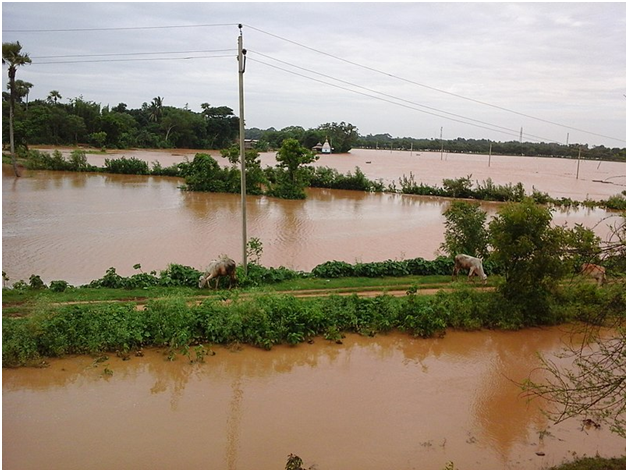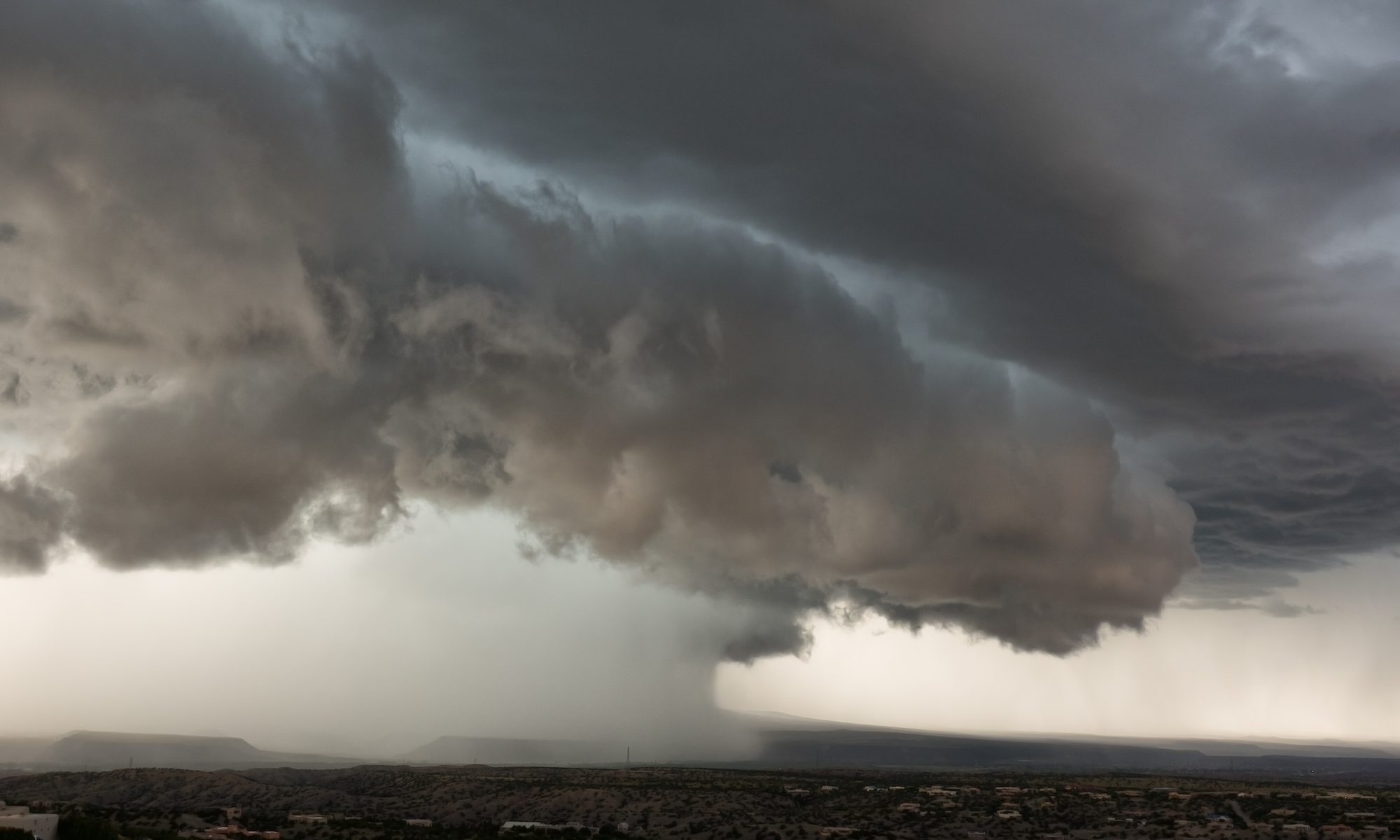Any soil where the ground water table gets too high to permit any agricultural activity, can be classified as waterlogged soil.
Waterlogging is a result of excessive rainfall at a particular site:
- Where the soil is unable to store large quantity of water.
- Where the external drainage of rain water by way of runoff is poor.
- Where the internal drainage by way of movement of water within the soil is poor.
Waterlogging creates an ecological imbalance by adversely affecting the soil & plant relationship, since all plants require air, especially oxygen to a greater or lesser depth in the soil for growth.
The Waterlogged soil is nearly saturated with water most of the time such that the aeration is restricted and anaerobic conditions prevail. With this depletion of oxygen in root zone, the micro organisms which support plant growth are affected adversely and in turn the plant growth is restricted. Waterlogging reduces the temperature of the soil and increases dampness which disturbs the biological activity in the soil.
Waterlogging restricts all operations related to soil enrichment and soil development. In irrigated agricultural land, waterlogging is often accompanied by soil salinity as waterlogged soils prevent leaching of the salts imported by the irrigation water and the adverse effects are accelerated by the salts brought from lower parts of soil by the capillary water.
This increase in salinity not only interferes with the absorption of nutrients by the plant roots thereby damaging the plantation but also spoils the physical state of the soil by making it less permeable for water and more suited for runoff which in turn hurts the adjoining land and vegetation. Even fodder grown in such soil may cause diseases in live stock.
It will be interesting to note that in California farmers are working to restore groundwater by purposely flooding crops. This may be supported by the availability of soil which has good absorption capacity as well as proper external and internal drainage.
California farmers are pumping groundwater faster than it can be replenished. One farmer is spending millions of dollars trying to restore it by deliberately flooding his crops when there is water to spare. It’s caught the attention of other farmers, especially since new state laws could soon restrict groundwater use
Amy Quinton, NPR
We at Silveron would recommend development of small water harvesting structures as per Silveron design rather than flooding the entire field. It is our observation and experience which makes us to believe that flooding has its own negative impact on the soil. This may not be apparently visible in the initial years but in the long run flooding has a tendency to spoil the soil quality by consequently reducing the water absorption capacity of the soil.
Our best advice would always be to avoid flooding and instead create safe passage for water to get into the soil at various locations. There after give the water the freedom to move from particle to particle in direction of its choice with no fear of evaporation losses. Every drop which has been sent into the soil has to become a part of the ground water and has to benefit some one or the other.
We agree with every talk about climate change and reduction in rain/snowfall. One more aspect which is equally valid is that a decade ago the ground water table was at a much higher level and has now fallen down drastically due to over exploitation or any other reason. This clearly indicates that the soil had the capability and capacity to hold water so why not use this empty space and refill it with water. Even the soil will be happy to welcome and accommodate its long lost asset, water.

The Silveron design of water harvesting provides absolute freedom to every available water molecule to recharges the soil from the root zone to the aquifer – where ever the soil welcomes it.
Water harvesting is the only solution to combat water scarcity be it anywhere in the world.
